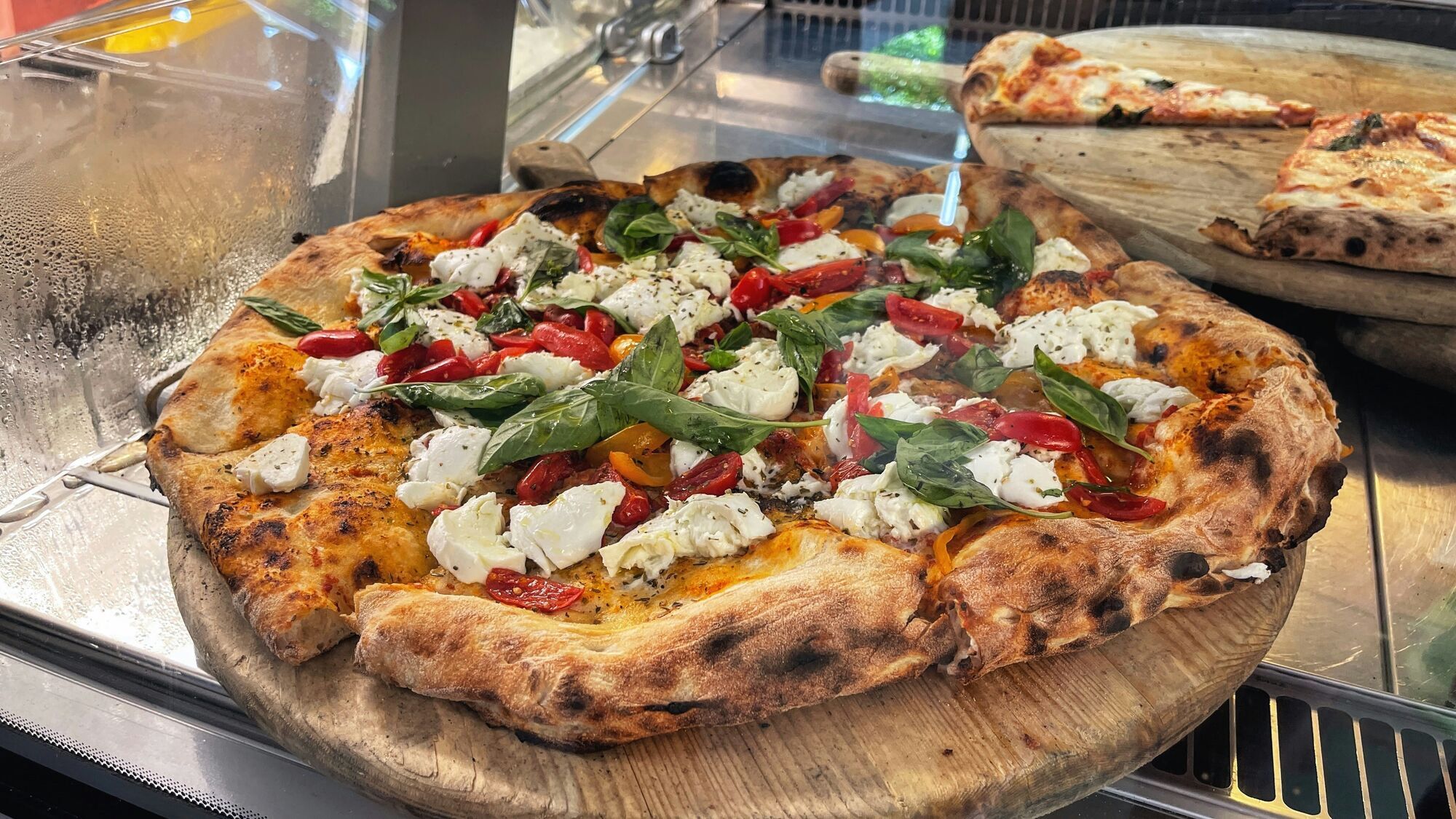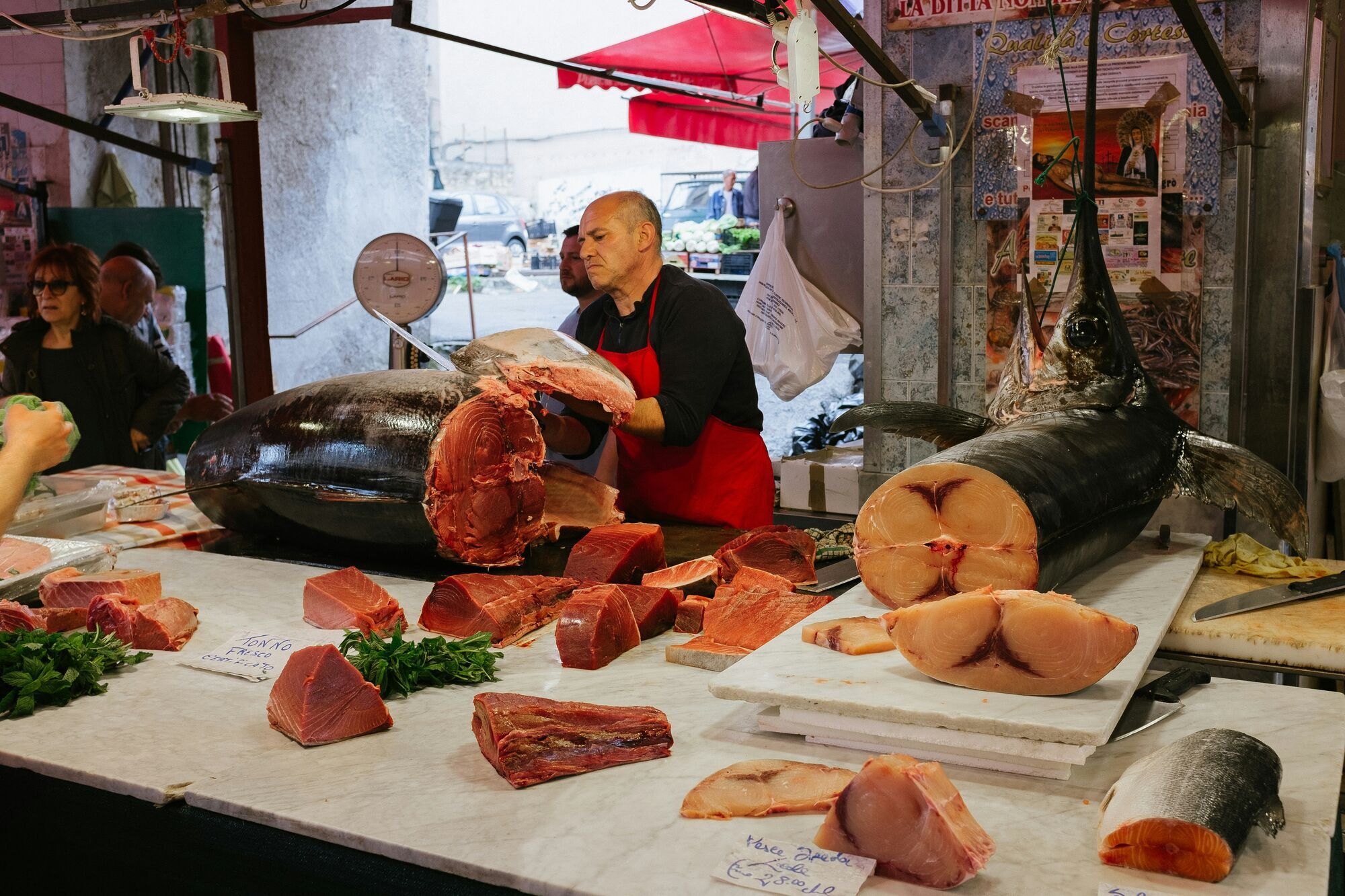Italy’s Culinary Capitals: A Journey Through the Best Food Cities

Italy is celebrated worldwide for its rich culinary traditions, where each region offers unique flavors that reflect its history, culture, and geography. For travelers seeking an authentic taste of Italian cuisine, exploring the country’s top food cities is a must. From the hearty pastas of Bologna to the fresh seafood of Naples, each city reveals a distinct gastronomic identity that captivates locals and visitors alike. Let’s embark on a journey through some of Italy’s best food cities, where every meal is a celebration of flavor, heritage, and artistry.
Bologna: The Birthplace of Pasta
Bologna, often referred to as the "food capital" of Italy, is synonymous with hearty, comforting dishes. This city in the Emilia-Romagna region is the birthplace of some of Italy’s most beloved foods, including tagliatelle al ragù, more commonly known outside Italy as spaghetti bolognese. The dish consists of long, flat pasta ribbons smothered in a slow-cooked meat sauce, offering a rich and flavorful experience that exemplifies the region’s culinary heritage.
Bologna is also home to tortellini, small stuffed pasta traditionally served in broth, and lasagna, layered with béchamel, ragù, and Parmesan cheese. The city’s bustling food markets, such as Mercato di Mezzo and Mercato delle Erbe, offer visitors the chance to sample local delicacies, from aged Parmigiano Reggiano to cured meats like mortadella. For anyone passionate about pasta, Bologna is a must-visit destination that showcases Italy’s mastery of this iconic food.
Naples: Where Pizza Was Born
No discussion of Italy’s food cities would be complete without Naples, the birthplace of pizza. This southern city is the undisputed capital of the world’s favorite comfort food, and its pizza margherita is a testament to the simplicity and perfection of Italian cuisine. Made with just a handful of ingredients—fresh tomatoes, mozzarella, basil, and olive oil—the pizza in Naples is cooked in wood-fired ovens to achieve a perfect, crispy crust and flavorful toppings.

In addition to pizza, Naples offers a variety of other culinary delights. The city is known for its seafood dishes, including spaghetti alle vongole (spaghetti with clams) and fried fish, which highlight the region’s access to the Mediterranean’s bounty. For dessert, sfogliatella, a crispy, shell-shaped pastry filled with sweet ricotta, is a local favorite that can be found in bakeries throughout the city. Naples’ food culture is deeply ingrained in its history, and every meal reflects the city’s passion for authentic, no-frills cuisine.
Florence: A Feast for Meat Lovers
Florence, the heart of Tuscany, is a city renowned for its rustic, hearty cuisine, particularly its love for meat. The star dish here is bistecca alla fiorentina, a massive T-bone steak that is grilled to perfection and served rare. This dish exemplifies the simplicity of Tuscan cuisine, where high-quality ingredients are cooked in a straightforward manner to bring out their natural flavors.
Beyond steak, Florence is famous for its ribollita, a traditional soup made from leftover bread, vegetables, and beans, reflecting the region’s peasant origins. Tuscan cuisine also showcases local olive oil, which is used generously in almost every dish. Pairing these dishes with a glass of the region’s celebrated Chianti wine makes for a quintessential Florentine dining experience. Florence’s food scene is deeply rooted in tradition, and its dishes continue to reflect the simplicity and richness of Tuscan life.
Rome: A Celebration of Comfort Food
Rome’s culinary scene is a testament to the city’s ability to transform simple ingredients into unforgettable meals. Known for its traditional Roman pastas, the city is the birthplace of carbonara, made with eggs, Pecorino Romano, guanciale (cured pork cheek), and black pepper. Another Roman classic, cacio e pepe, is a minimalist pasta dish with just Pecorino Romano and black pepper, but its depth of flavor has made it a favorite across the country.
In addition to pasta, Roman cuisine features saltimbocca, a dish of veal wrapped in prosciutto and sage, and supplì, deep-fried rice balls filled with mozzarella. Rome’s markets, such as Campo de' Fiori, offer visitors a chance to discover local produce and sample traditional street foods. The city’s love for simple, satisfying comfort food makes it a haven for travelers looking to experience the warmth and authenticity of Italian cuisine.
Palermo: A Blend of Cultures
Palermo, the capital of Sicily, offers a unique culinary experience influenced by the many cultures that have ruled the island over centuries, including Arab, Greek, and Spanish. The city’s food scene is a fusion of flavors, where sweet and savory often collide in dishes like caponata, a tangy mix of eggplant, olives, capers, and tomatoes, or arancini, deep-fried rice balls stuffed with ragù or mozzarella.

Street food is king in Palermo, with vendors offering delicacies like pane con la milza (a sandwich of veal spleen) and panelle, chickpea fritters served in a bread roll. For dessert, the famous cannoli, crispy pastry tubes filled with sweet ricotta, are a must-try. Palermo’s diverse food offerings reflect the island’s history and its ability to absorb and reinterpret culinary influences from around the Mediterranean.
Parma: The Heart of Italian Delicacies
Situated in the Emilia-Romagna region, Parma is known worldwide for its high-quality ingredients that have become synonymous with Italian cuisine. The city is the birthplace of Prosciutto di Parma, a delicately flavored cured ham that is aged for at least 12 months, and Parmigiano Reggiano, the "king of cheeses," which is produced only in this region.
Parma’s cuisine emphasizes the importance of local products, and dishes often feature these two ingredients in their purest forms. The city’s food markets and restaurants allow travelers to taste these delicacies in a variety of ways, whether on their own, in antipasti plates, or incorporated into traditional pasta dishes like tortelli d’erbetta. For those who appreciate artisanal food, Parma offers a deep dive into the roots of Italy’s most treasured flavors.



















